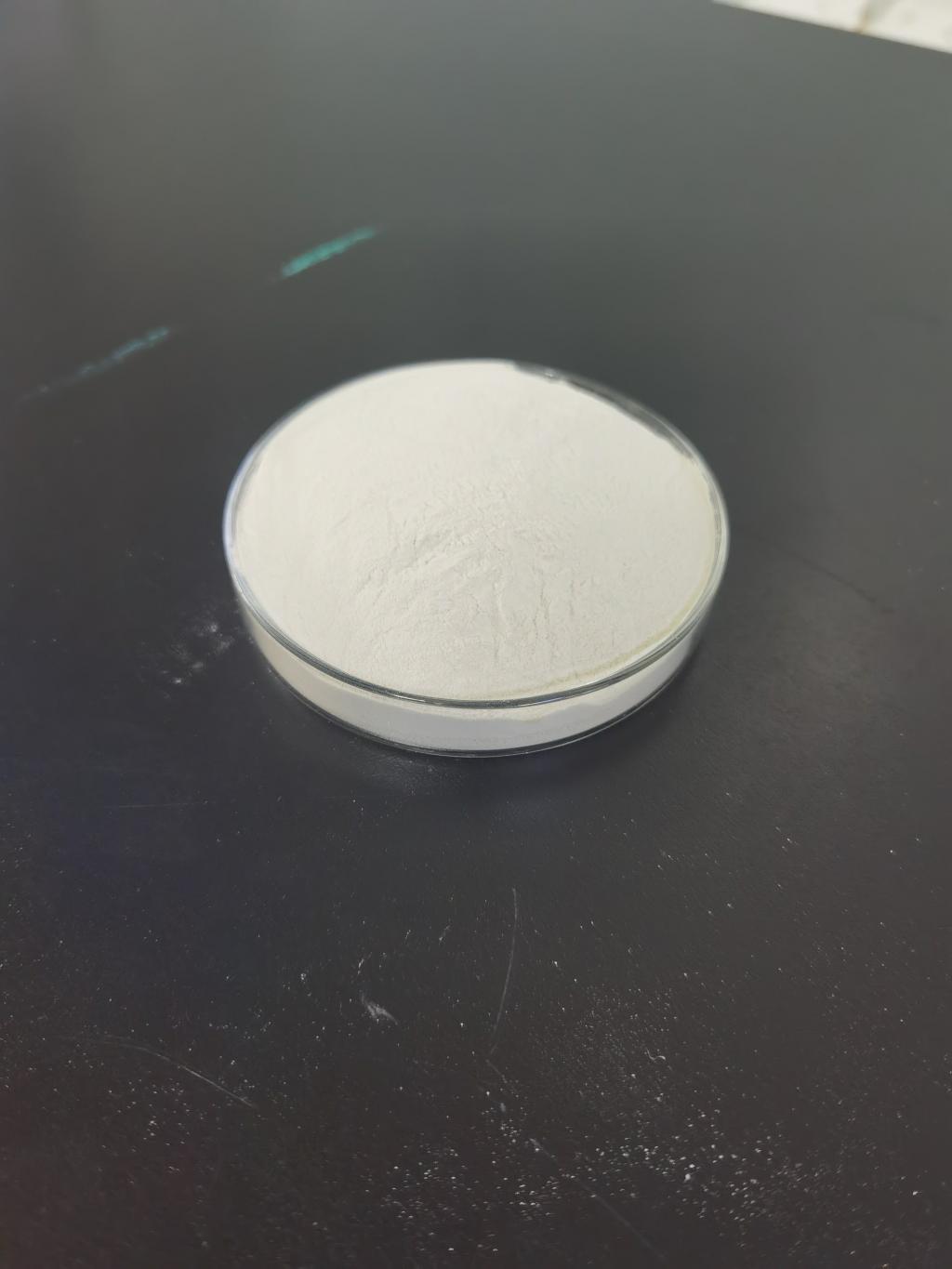Tel:+8618231198596

News
 CONTACT
CONTACT
 CONTACT
CONTACT
- Linkman:Linda Yao
- Tel: +8618231198596
- Email:linda.yao@dcpharma.cn
- Linkman:CHARLES.WANG
- Department:Overseas
- Tel: 0086 0311-85537378 0086 0311-85539701
News
Nisin and Precision Agriculture: A Symbiotic Relationship
TIME:2024-01-25
Precision Agriculture: An Overview:
Precision agriculture, also known as precision farming or precision ag, involves leveraging technology to tailor agricultural practices to the specific needs of each crop or even individual plants. This approach aims to optimize resource use, increase efficiency, and reduce environmental impact. Key components of precision agriculture include:
a. Remote Sensing: The use of satellite imagery, drones, and sensors to gather data on soil conditions, crop health, and other parameters.
b. Data Analytics: Analyzing collected data to make informed decisions about planting, irrigation, fertilization, and pest control.
c. Variable Rate Technology (VRT): Implementing variable rates of inputs (such as water, fertilizers, and pesticides) based on the specific requirements of different areas within a field.
Nisin as a Natural Antimicrobial Peptide:
Nisin, produced by certain bacteria, is renowned for its antimicrobial properties, particularly against Gram-positive bacteria. While traditionally used in food preservation, its potential applications in agriculture are increasingly recognized. Key attributes of Nisin in an agricultural context include:
a. Broad-Spectrum Antimicrobial Activity: Nisin's efficacy extends to a wide range of bacteria, making it a versatile tool for controlling bacterial infections in crops.
b. Safety for Plants and Environment: Nisin's natural origin and specificity for bacteria ensure its safety for plants and the environment, aligning with the principles of sustainable agriculture.
c. Minimal Impact on Non-Target Organisms: Unlike some chemical pesticides, Nisin is less likely to harm non-target organisms, contributing to the preservation of biodiversity.
Nisin in Precision Pest Management:
Precision agriculture relies on accurate data to make targeted decisions, and this extends to pest management. Integrating Nisin into precision pest management strategies offers several advantages:
a. Targeted Application: Nisin can be applied precisely to areas where bacterial infections are identified through remote sensing and other diagnostic tools. This targeted approach minimizes the use of antimicrobials in areas unaffected by bacterial threats.
b. Reduced Environmental Impact: The specific action of Nisin against bacteria contributes to a reduced environmental impact compared to broad-spectrum chemical pesticides. This aligns with the broader goals of sustainable and eco-friendly agriculture.
c. Resistance Management: Precision agriculture, coupled with the use of Nisin, can contribute to effective resistance management. By minimizing unnecessary exposure, the risk of bacterial resistance to Nisin is mitigated.
Challenges and Considerations:
While the integration of Nisin into precision agriculture holds promise, there are challenges and considerations that must be addressed:
a. Formulation and Delivery: Developing effective formulations and delivery mechanisms for Nisin in agricultural settings poses challenges. Ensuring stability and efficient delivery to target areas are crucial considerations.
b. Regulatory Approval: The regulatory landscape for agricultural antimicrobials is complex. Navigating approval processes and addressing safety concerns are essential steps in bringing Nisin into mainstream precision agriculture.
c. Cost Considerations: The cost-effectiveness of incorporating Nisin into precision agriculture practices must be evaluated. Balancing the potential benefits with the economic feasibility is a critical aspect of adoption.
Research and Development Initiatives:
The exploration of Nisin's potential in precision agriculture has spurred research and development initiatives. Key areas of focus include:
a. Formulation Studies: Researchers are working on developing formulations that enhance the stability and efficacy of Nisin in agricultural settings. Encapsulation and controlled-release technologies are being explored.
b. Field Trials: Conducting field trials is essential to validate the effectiveness of Nisin in real-world agricultural conditions. These trials assess its impact on crop yield, disease prevention, and environmental considerations.
c. Integration with Precision Technologies: Research efforts aim to seamlessly integrate Nisin with existing precision agriculture technologies. This involves developing algorithms and decision support systems that incorporate Nisin into overall farm management strategies.
Future Prospects:
The symbiotic relationship between Nisin and precision agriculture holds immense potential for the future of sustainable farming. Several factors contribute to the optimistic outlook:
a. Sustainable Agriculture: Nisin aligns with the principles of sustainable agriculture by providing a targeted, eco-friendly solution for bacterial infections in crops.
b. Resistance Management: As resistance to chemical pesticides becomes a growing concern, Nisin offers a novel approach that can contribute to more sustainable resistance management practices.
c. Global Food Security: Precision agriculture, augmented by the antimicrobial properties of Nisin, has the potential to enhance crop yields and contribute to global food security.
d. Collaboration and Knowledge Sharing: International collaboration among researchers, agricultural experts, and regulatory authorities is crucial for advancing the integration of Nisin into precision agriculture. Knowledge sharing and best practices will expedite the adoption of this innovative approach.
Conclusion:
The symbiosis between Nisin and precision agriculture represents a harmonious convergence of natural antimicrobial solutions and cutting-edge farming technologies. As the world grapples with the challenges of feeding a growing population while minimizing environmental impact, this partnership offers a glimpse into the future of sustainable and precision-driven agriculture. Addressing challenges, fostering research initiatives, and navigating regulatory landscapes will be essential steps in realizing the full potential of Nisin in revolutionizing crop protection and ensuring food security for generations to come.
- Tel:+8618231198596
- Whatsapp:18231198596
- Chat With Skype







